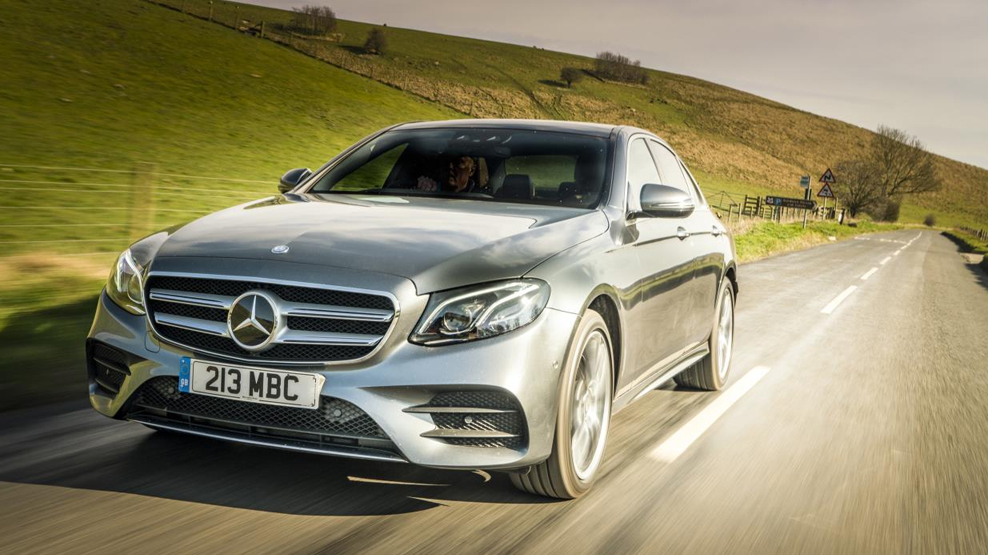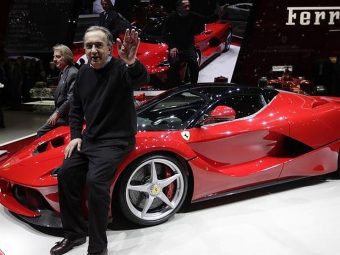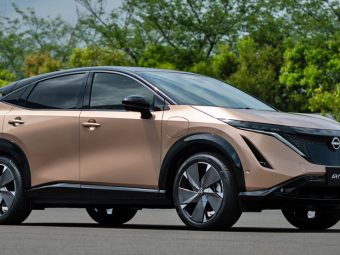By Chris Ward, August 23, 2018
The Mercedes E Class range of cars and the CLS, which is a tarted-up E Class coupe because it uses the same E Class running gear, has been given a mid-life resuscitation by means of the introduction of new petrol and diesel engines. Mercedes is basically phasing out the V6 powertrain in favour of a new range of six-cylinder inline engines. So why is Mercedes doing this? Compared to a V6 configuration engine an in-line engine is not only cheaper to manufacture but also faster to install and they also meet lower emissions targets.
The introduction of this new range of engines to the Mercedes E Class is effectively a cost-cutting measure although the PR and marketing people will not word it in such an obvious way. There are pros and cons to an in-line engine just as there are with a V-spec engine.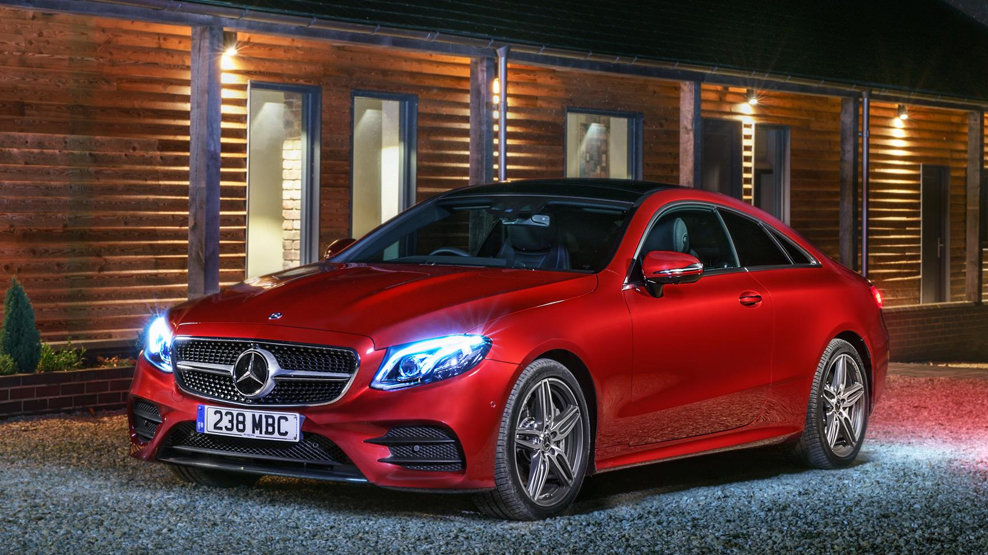 So, for example, the most frequent pro people will say an in-line engine has is that it revs more smoothly compared to a V-spec engine, and that’s really about it. Mercedes has a history of making either one, but it now offers a huge range of cars, it has become a mas manufacture of premium luxury cars.
Making more cars means more profits, that much is obvious, and now Mercedes wants to maximise profits on its large volume cars like the E Class, so making an engine that is cheaper but does the same job sounds like a plan and also saves money.
So, for example, the most frequent pro people will say an in-line engine has is that it revs more smoothly compared to a V-spec engine, and that’s really about it. Mercedes has a history of making either one, but it now offers a huge range of cars, it has become a mas manufacture of premium luxury cars.
Making more cars means more profits, that much is obvious, and now Mercedes wants to maximise profits on its large volume cars like the E Class, so making an engine that is cheaper but does the same job sounds like a plan and also saves money.
 The new Mercedes E Class E 450 4MATIC uses an inline six-cylinder petrol engine – as seen in the CLS 450 4MATIC – with Mercedes-Benz’s innovative EQ Boost technology. It has an output of 367 hp and 500 Nm, with an additional 22 hp and 250 Nm available thanks to EQ Boost. The EQ Boost system uses a 48 volt inline starter-generator, which enhances performance and refinement while also reducing fuel consumption.
The E 450 4MATIC with EQ boost replaces the E 400 4MATIC, Mercedes claims it can deliver up to 32.1 mpg on the combined cycle (31.7 mpg for the Cabriolet) and emits 202 g/km of CO2.
The E 450 4MATIC Coupé can travel from 0 to 62 mph in 5.6 seconds, while the Cabriolet takes 5.8 seconds. Both models have an electronically limited top speed of 155 mph.
The new Mercedes E Class E 450 4MATIC uses an inline six-cylinder petrol engine – as seen in the CLS 450 4MATIC – with Mercedes-Benz’s innovative EQ Boost technology. It has an output of 367 hp and 500 Nm, with an additional 22 hp and 250 Nm available thanks to EQ Boost. The EQ Boost system uses a 48 volt inline starter-generator, which enhances performance and refinement while also reducing fuel consumption.
The E 450 4MATIC with EQ boost replaces the E 400 4MATIC, Mercedes claims it can deliver up to 32.1 mpg on the combined cycle (31.7 mpg for the Cabriolet) and emits 202 g/km of CO2.
The E 450 4MATIC Coupé can travel from 0 to 62 mph in 5.6 seconds, while the Cabriolet takes 5.8 seconds. Both models have an electronically limited top speed of 155 mph.
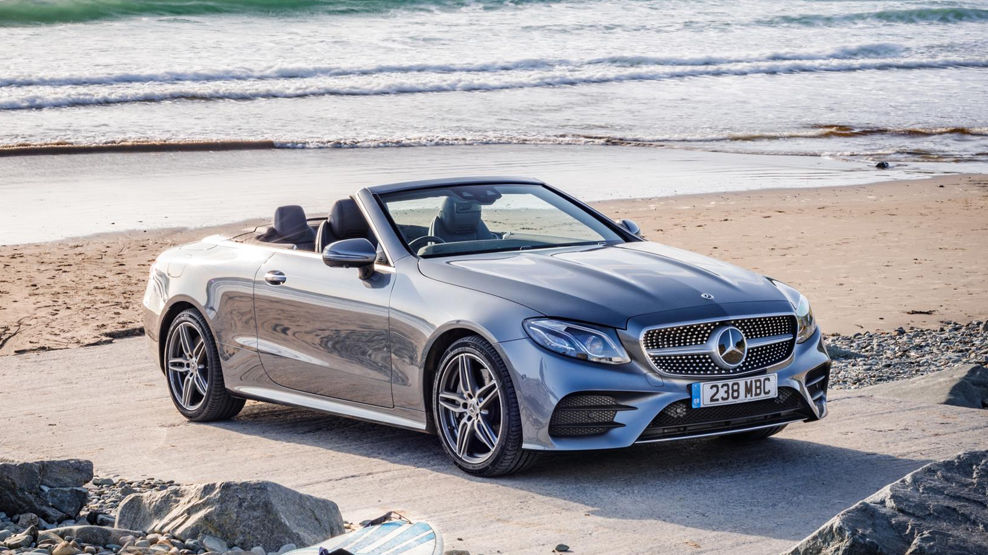 Replacing the E 350 d, the E 400 d 4MATIC features a 3.0-litre inline diesel engine – codenamed OM656 – which generates 340 hp and 700 Nm. The Coupé can sprint from 0 to 62 mph in 5.1 seconds, while the Cabriolet takes 5.2 seconds. Both have a top speed of 155 mph.
The Mercedes-Benz CLS 350 features an all-new four-cylinder299 hp and 400 Nm petrol engine. EQ Boost technology (a belt-driven 48 volt starter-generator) adds 14 hp and 150 Nm. It emits 162 g/km and delivers up to 39.8 mpg. It has an electronically limited top speed of 155 mph and can travel from 0 to 62 mph in 6.0 seconds.
The E 350 d 4MATIC All-Terrain has now been replaced by the E 400 d 4MATIC All-Terrain which also features the OM656 3.0-litre inline six-cylinder engine, generating 340 hp and 700 Nm of torque. It can reach 62 mph from standstill in 5.4 seconds, and has a top speed of 155 mph.
Replacing the E 350 d, the E 400 d 4MATIC features a 3.0-litre inline diesel engine – codenamed OM656 – which generates 340 hp and 700 Nm. The Coupé can sprint from 0 to 62 mph in 5.1 seconds, while the Cabriolet takes 5.2 seconds. Both have a top speed of 155 mph.
The Mercedes-Benz CLS 350 features an all-new four-cylinder299 hp and 400 Nm petrol engine. EQ Boost technology (a belt-driven 48 volt starter-generator) adds 14 hp and 150 Nm. It emits 162 g/km and delivers up to 39.8 mpg. It has an electronically limited top speed of 155 mph and can travel from 0 to 62 mph in 6.0 seconds.
The E 350 d 4MATIC All-Terrain has now been replaced by the E 400 d 4MATIC All-Terrain which also features the OM656 3.0-litre inline six-cylinder engine, generating 340 hp and 700 Nm of torque. It can reach 62 mph from standstill in 5.4 seconds, and has a top speed of 155 mph.
